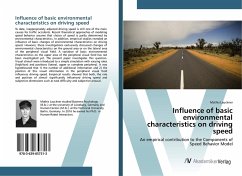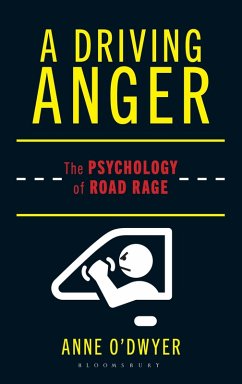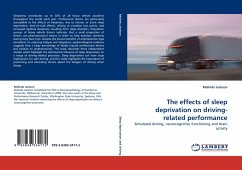
Influence of basic environmental characteristics on driving speed
An empirical contribution to the Components of Speed Behavior Model
Versandkostenfrei!
Versandfertig in 6-10 Tagen
33,99 €
inkl. MwSt.

PAYBACK Punkte
17 °P sammeln!
To date, inappropriately adjusted driving speed is still one of the main causes for traffic accidents. Recent theoretical approaches of modeling speed behavior assume that choice of speed is partly determined by environmental characteristics. In addition, empirical studies revealed an influence of basic changes of environmental characteristics on driving speed. However, these investigations exclusively discussed changes of environmental characteristics on the ground area or on the lateral area of the peripheral visual field. A variation of basic environmental characteristics on the upper area ...
To date, inappropriately adjusted driving speed is still one of the main causes for traffic accidents. Recent theoretical approaches of modeling speed behavior assume that choice of speed is partly determined by environmental characteristics. In addition, empirical studies revealed an influence of basic changes of environmental characteristics on driving speed. However, these investigations exclusively discussed changes of environmental characteristics on the ground area or on the lateral area of the peripheral visual field. A variation of basic environmental characteristics on the upper area of the peripheral visual field has not been investigated yet. The present paper investigates this question. Visual stimuli were introduced to a simple simulation with varying rates (high/low) and positions (lateral, upper or complete periphery). It was hypothesized that 1) the number of additional information and 2) the position of this visual information in the peripheral visual field influences driving speed. Empirical results showed that both, the rate and position of stimuli significantly influenced driving speed and subjective dimensions such as task difficulty and subjective arousal.












